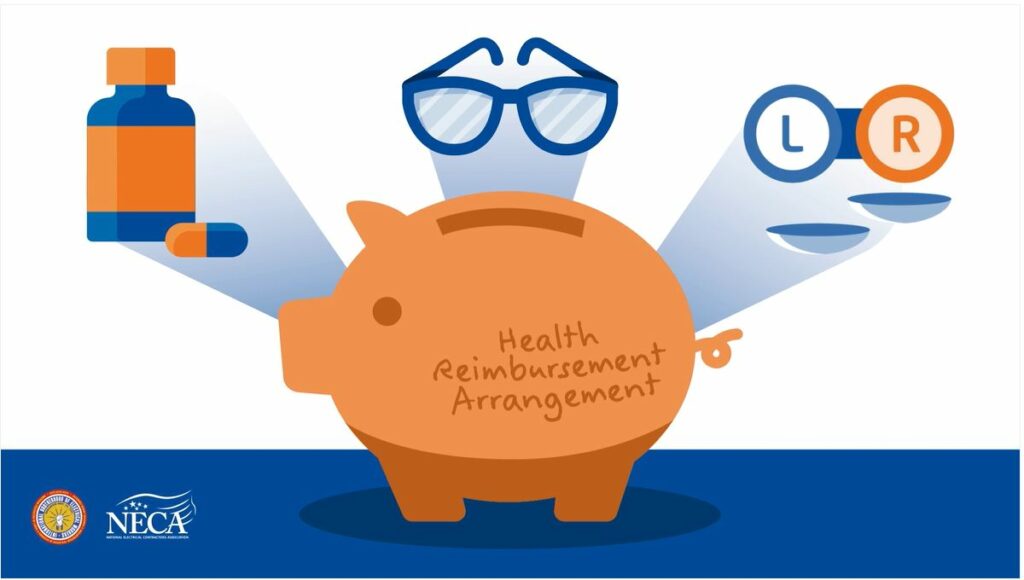
Health Screenings are Important
The Fund’s medical plan covers medically necessary, preventive health screenings from in-network providers at no cost to you. Examples of free preventive health screenings include a cholesterol test (starting at age 35), and a type 2 diabetes screening for adults who may not have diabetes symptoms but whose blood pressure is higher than 135/80. The table below provides other examples of age-appropriate preventive screenings for men and women. Of course, you should always discuss what type of preventive care and tests are appropriate for you with your doctor or health care provider.
| Age | For | Recommended Screenings |
|---|---|---|
| 18 or older | Men & Women | Blood pressure check at least every two years (high blood pressure is 140/90 or higher). |
| 21 or older | Women only | Pap smear every one to three years to screen for Cervical Cancer. |
| 35 or older
(starting at age 20 if you have certain risk factors) |
Men & Women | Cholesterol level testing. Start at age 20 if:
|
| Starting at age 40 | Women only | Annual mammogram. Ask your doctor if a mammogram is right for you based on your age, family history, overall health and personal concerns. |
| Starting at age 50 | Men & Women | Colorectal cancer-screening test. If you have a family history of colorectal cancer, you may need to be screened earlier. |
| Between 65 and 75 | Men only | If you’ve ever been a smoker, talk to your doctor about being screened for abdominal aortic aneurysm (AAA). |
| Age 65 | Women only | Osteoporosis (bone thinning) screening to make sure your bones are strong. If you’re younger than 65, talk to your doctor about whether or not you should be tested. |
A complete list of preventive care services for children and adults is available in the Plan Notice posted in the Forms and Documents page. As a reminder, the Fund pays 100% of covered preventive services—you do not have to pay a deductible or coinsurance—as long as you go to an in-network doctor. For more information, check out the schedule of benefits section in your Summary Plan Description, or visit the “Medical Benefits” page.

